$32.85 Original price was: $32.85.$23.00Current price is: $23.00.
SKU: D2LSC 2435888431 Categories: PLANTS & TREES, WATER & WET SOIL PLANTS
- Safe Transactions, Always
- Effortless Shopping, Quality Products
- Safe Payments, the Smart Choice
- Easy, Fast Returns Guarantee

Dwarf Blue Arctic Willow
Salix purpurea ‘Nana’
Other Common Names: Dwarf Purple Osier, Dwarf Purpleosier, Nana Alaska Blue Willow, Nana Arctic Willow, Purple Willow
Plant Details
USDA Cold Hardiness Zones: 4a-8b Find Your Zone
Plant Type: Deciduous Shrub
Height at Maturity: 3-5′ depending on pruning
Width at Maturity: 3-5′ depending on pruning
Spacing: 3′ apart for solid hedge; 8’+ apart for space between plants
Flower Color: White, Green
Flower Size: 1″
Flowering Period: Early Spring
Flower Type: Catkins
Fragrant Flowers: No
Foliage Color: Blue, Green
Fragrant Foliage: No
Berries: No
Berry Color: NA
Sun Needs: Full Sun to Bright Shade
Water Needs: Average. low when established
Soil Type: Clay (amended), Loam, Sand (amended), Silt
Soil Moisture / Drainage: Well Drained Moist to Wet
Soil pH: 6.0 – 8.0 (Moderately Acid to Moderately Alkaline)
Maintenance / Care: Low to Average
Attracts: Butterflies, Visual Attention
Resistances: Deer, Clay Soil, Erosion, Wet Soil, Black Walnut
Description
A graceful and refined but rugged and fast growing little shrub, the Dwarf Arctic Blue Willow features very slender blue-green leaves on purplish stems that add wonderful color and texture in the landscape. The plant grows rapidly to about 2 to 3 feet tall in a rounded mound and then begins to send our graceful long shoots that sway in the breeze. That said, it responds very well to trimming and many keep it shaped in a more dense, rounded form or to shape for a very attractive hedge. It is also suitable for Bonsai and topiary and the shoots are used in basket making. Pretty white catkins (flowers) appear in spring that the butterflies will thank you for.
Landscape & Garden Uses
Growing in a rounded mound 3 to 5 feet tall and equally as wide depending on pruning, the Dwarf Arctic Blue Willow is ideal for use as an accent in smaller garden spaces or in groupings or as a natural or formal clipped hedge in larger landscape borders. It may be grown in moist soils along streams, ponds or in low spots in the landscape where other shrubs often falter. Aslo good for erosion control on slopes and embankments and responds very well to pruning for Bonsai or topiary. It’s flexible shoots are often used in basket making. The beautiful foliage is best set off against a dark background or around shrubs with deep foliage color. For a striking display, plant beside or in front of deep purple foliage plants such as a Loropetalum or near a red leaf Japanese Maple.
Suggested Spacing: 3 feet apart for solid hedge; 8 feet or more apart for space between plants
Growing Preferences
The Dwarf Blue Artic Willow is easy to grow in wide range of moist but well-drained soil of average to poor fertility. That said, they will tolerate dry periods much better than other willow species. It likes full to most sun in zones 5a-7a, but will appreciate some shade or filtered sun during the hottest afternoon hours in zone 8. No pruning is necessary however the plant responds very well to it for shaping purposes or for Bonsai and topiary.
Plant Long & Prosper!
Meet The Wilson Brothers & Staff
Questions? Contact Us
The willow arrived in good condition, and I planted it down by the lake. It was exactly right!———————————————-Thanks for the great review! We are so glad you are pleased and we hope you enjoy it for years to come! 🙂 Beth Steele | WBG
Be the first to review “Dwarf Blue Arctic Willow Bush (Salix Purpurea ‘Nana’) – 1 Gallon Pot” Cancel reply
Related products
Sale!
PLANTS & TREES
Sale!
FRUIT TREES & PLANTS
Sale!
PLANTS & TREES
Sale!
Sale!
Sale!
FRAGRANT PLANTS
Sale!
PLANTS & TREES
Sale!


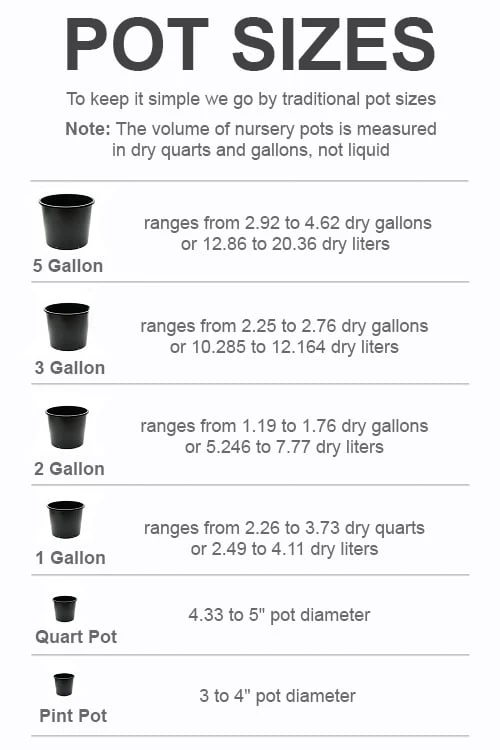
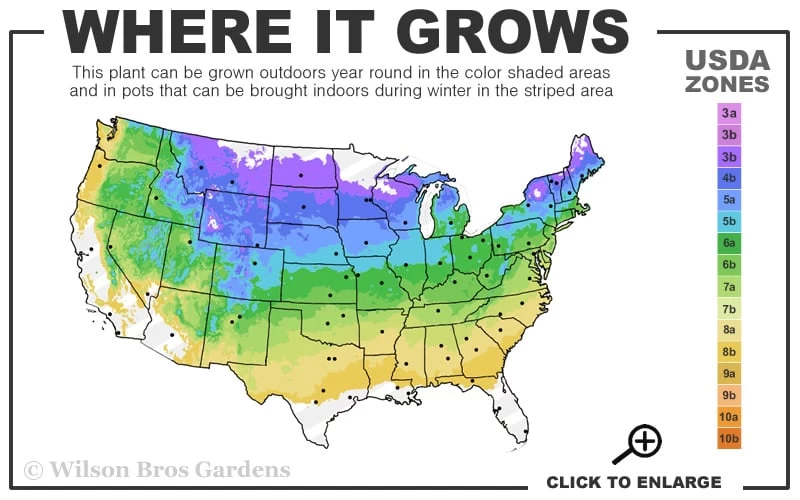


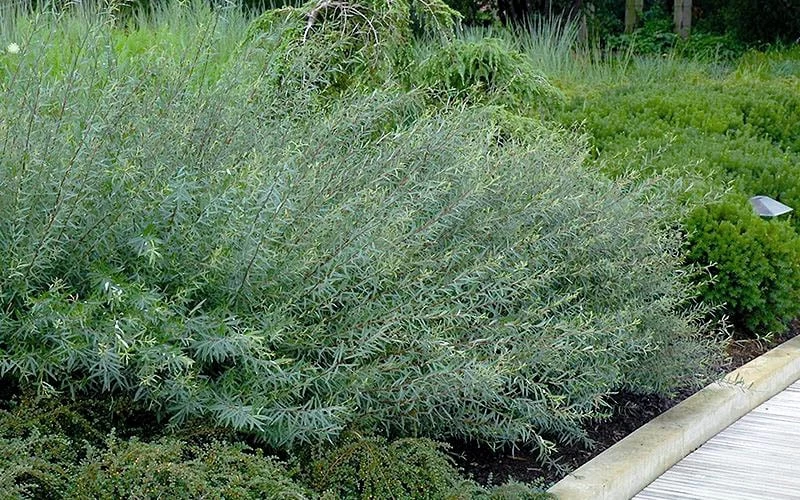
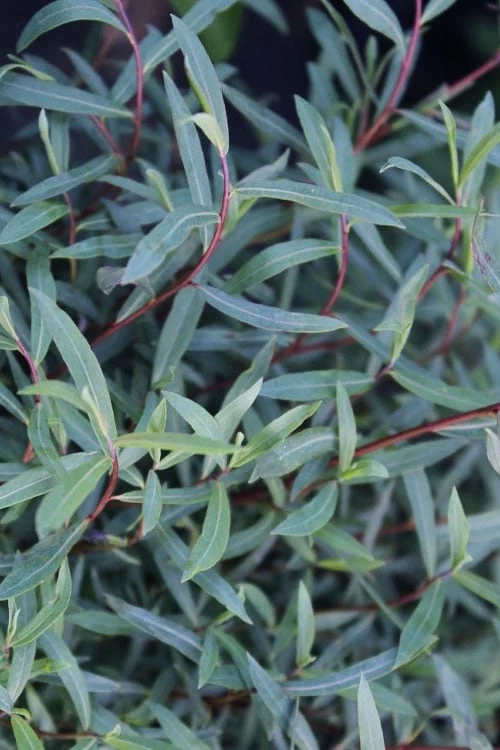

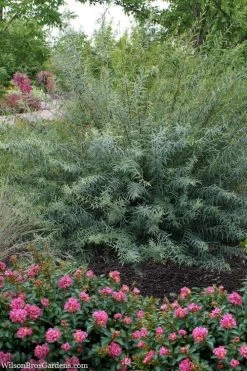
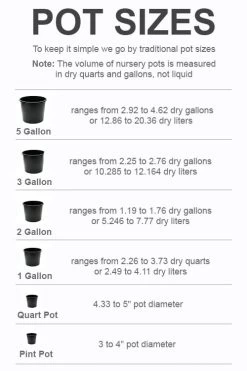
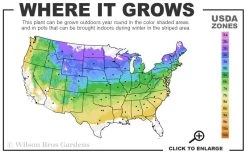





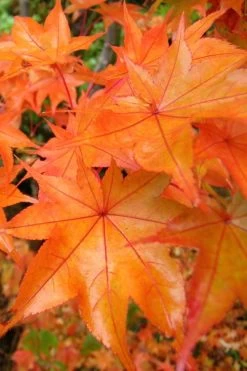
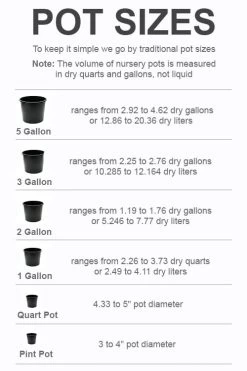
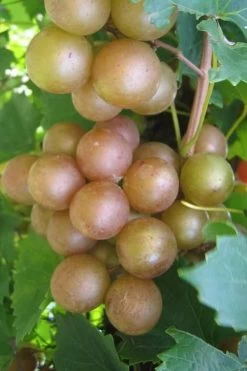
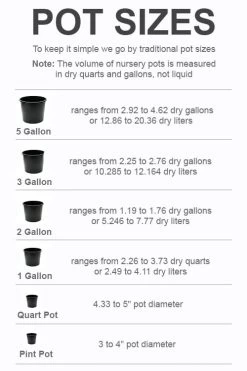

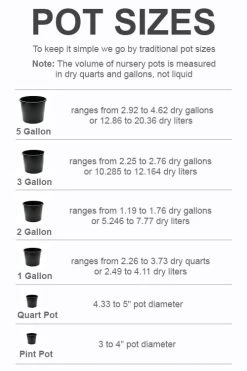
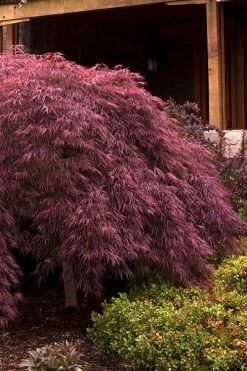



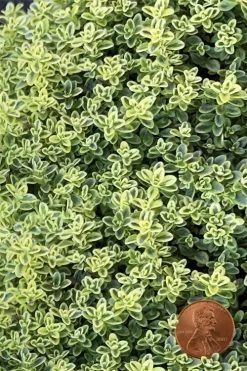

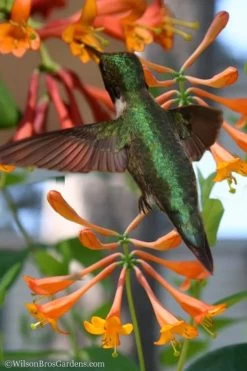



Reviews
There are no reviews yet.